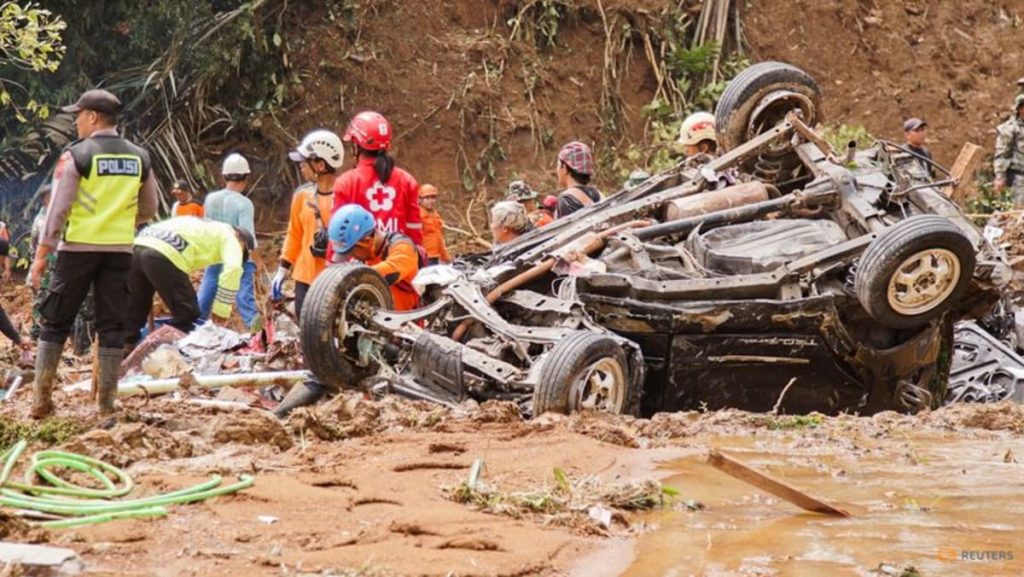The devastating landslide that struck the city of Pekalongan in Central Java, Indonesia, on Tuesday, January 21, 2024, has left a trail of destruction and loss, claiming the lives of at least 25 people. Triggered by torrential rainfall, the landslide engulfed a section of the main road connecting Pekalongan to the popular tourist destination of Dieng plateau, burying homes and trapping residents under a thick layer of mud and debris. Hundreds of rescuers were immediately deployed to the disaster-stricken area, embarking on a challenging and arduous search and rescue operation hampered by difficult terrain and adverse weather conditions.
The relentless rain and thick fog that enveloped the area on Friday, January 24, forced rescuers to temporarily suspend their search efforts. The treacherous conditions posed significant risks to the safety of the rescue teams, making it impossible to continue the search effectively. Prior to the suspension, three more bodies were recovered, raising the confirmed death toll to 25, a stark increase from the initial estimate of 17 reported on Tuesday. The number of people still missing remains uncertain as communication with the spokesperson was disrupted. The temporary halt underscored the precarious nature of the rescue operation and the ongoing challenges faced by the teams working tirelessly to locate survivors and recover the deceased.
The landslide, which struck a vital transportation artery, has severely disrupted access to the affected area. The main road connecting Pekalongan to the Dieng plateau became impassable, forcing rescuers to trek approximately 4 kilometers (2.5 miles) on foot to reach the landslide site. This arduous journey further complicated the rescue efforts, adding to the time required to reach those trapped and provide assistance. An excavator was deployed to the scene to assist in clearing the massive amount of mud and debris that had engulfed the area, facilitating access and aiding in the search for survivors.
As rescue operations continued to be hampered by adverse weather conditions, Indonesian authorities initiated cloud seeding operations on Friday, January 24. This proactive measure, undertaken by the country’s disaster agency, aimed to induce rainfall in less populated areas and reduce the risk of further landslides in Central Java. By seeding clouds with salt, authorities sought to control the amount of precipitation falling over the affected region and mitigate the potential for additional disasters. This intervention highlights the comprehensive approach taken by Indonesian authorities to address the immediate crisis and prevent further loss of life and property.
The Pekalongan landslide serves as a stark reminder of Indonesia’s vulnerability to natural disasters. Located within the Pacific Ring of Fire, the country is prone to earthquakes, volcanic eruptions, and landslides, particularly during periods of heavy rainfall. Java, Indonesia’s most densely populated island, is particularly susceptible to such events due to its high population density and the concentration of human settlements in vulnerable areas. The high population density complicates rescue and relief efforts, making it more challenging to reach affected communities and provide timely assistance.
The tragedy in Pekalongan underscores the urgent need for comprehensive disaster preparedness and mitigation strategies in Indonesia. Investing in early warning systems, reinforcing infrastructure, and educating communities about disaster preparedness are crucial steps towards minimizing the impact of future natural disasters. Furthermore, sustainable land management practices and strict adherence to building codes can help reduce the risk of landslides in vulnerable areas. The ongoing rescue efforts in Pekalongan exemplify the resilience and dedication of Indonesian rescuers and the importance of international cooperation in responding to natural disasters.

